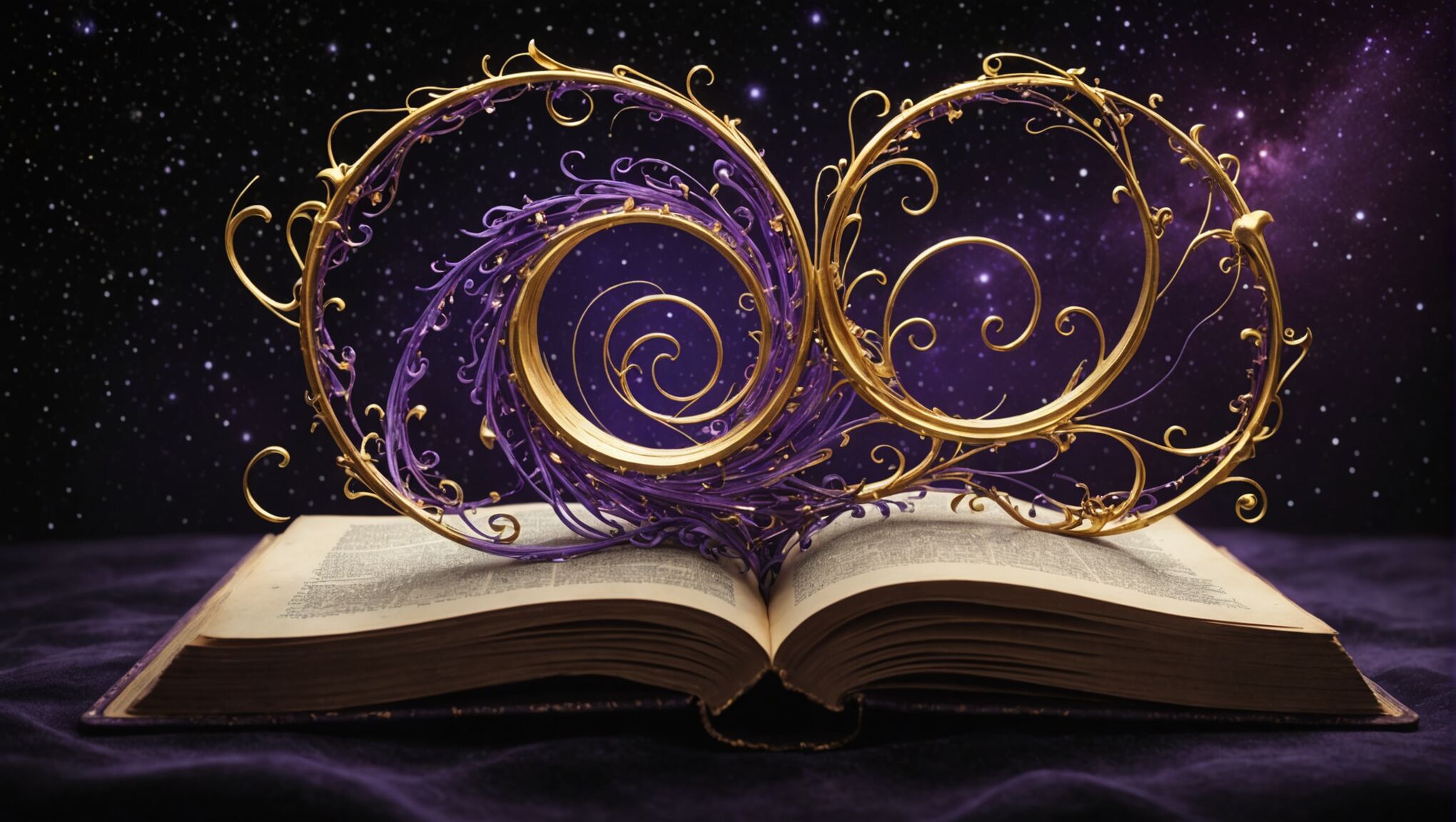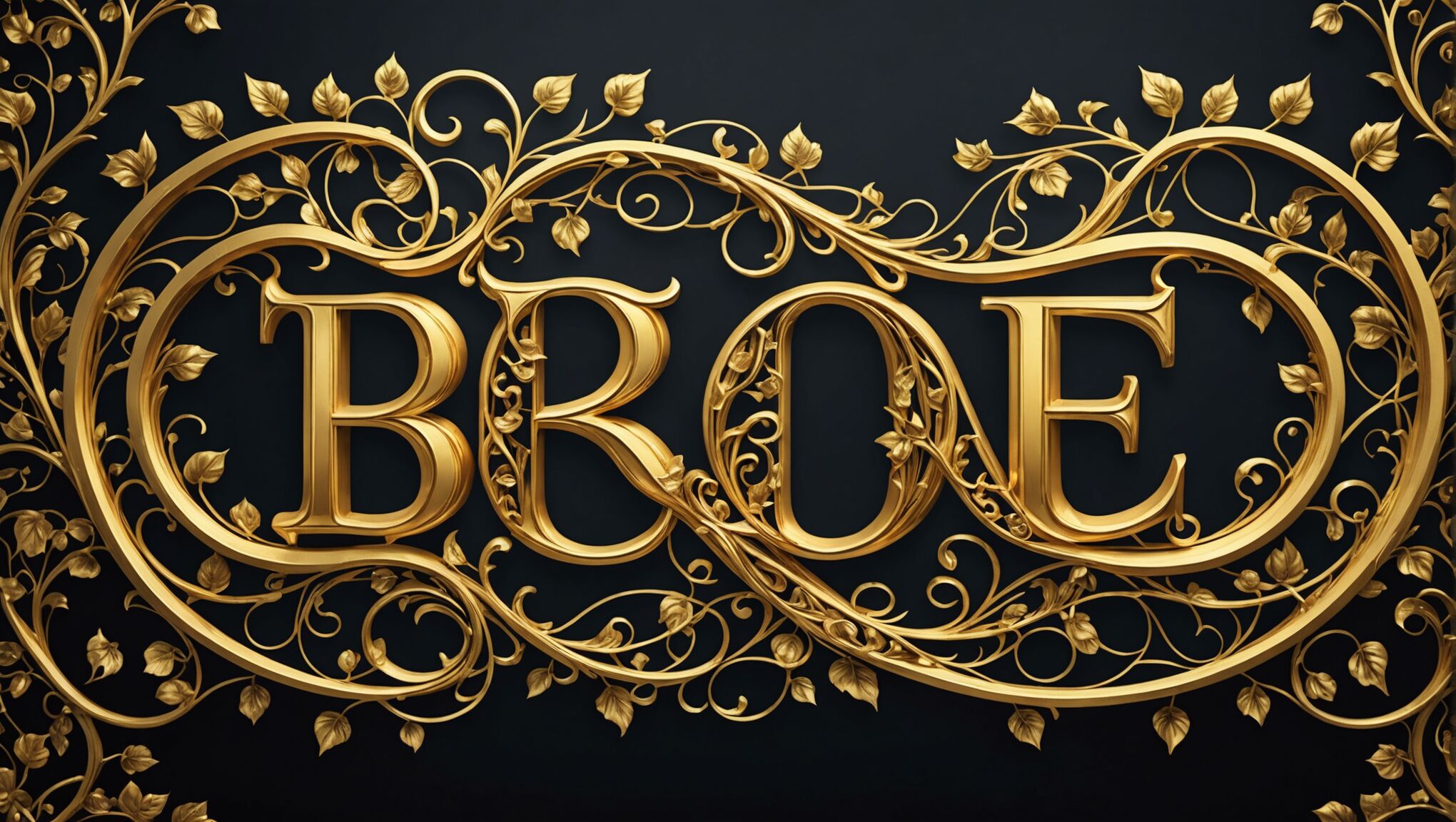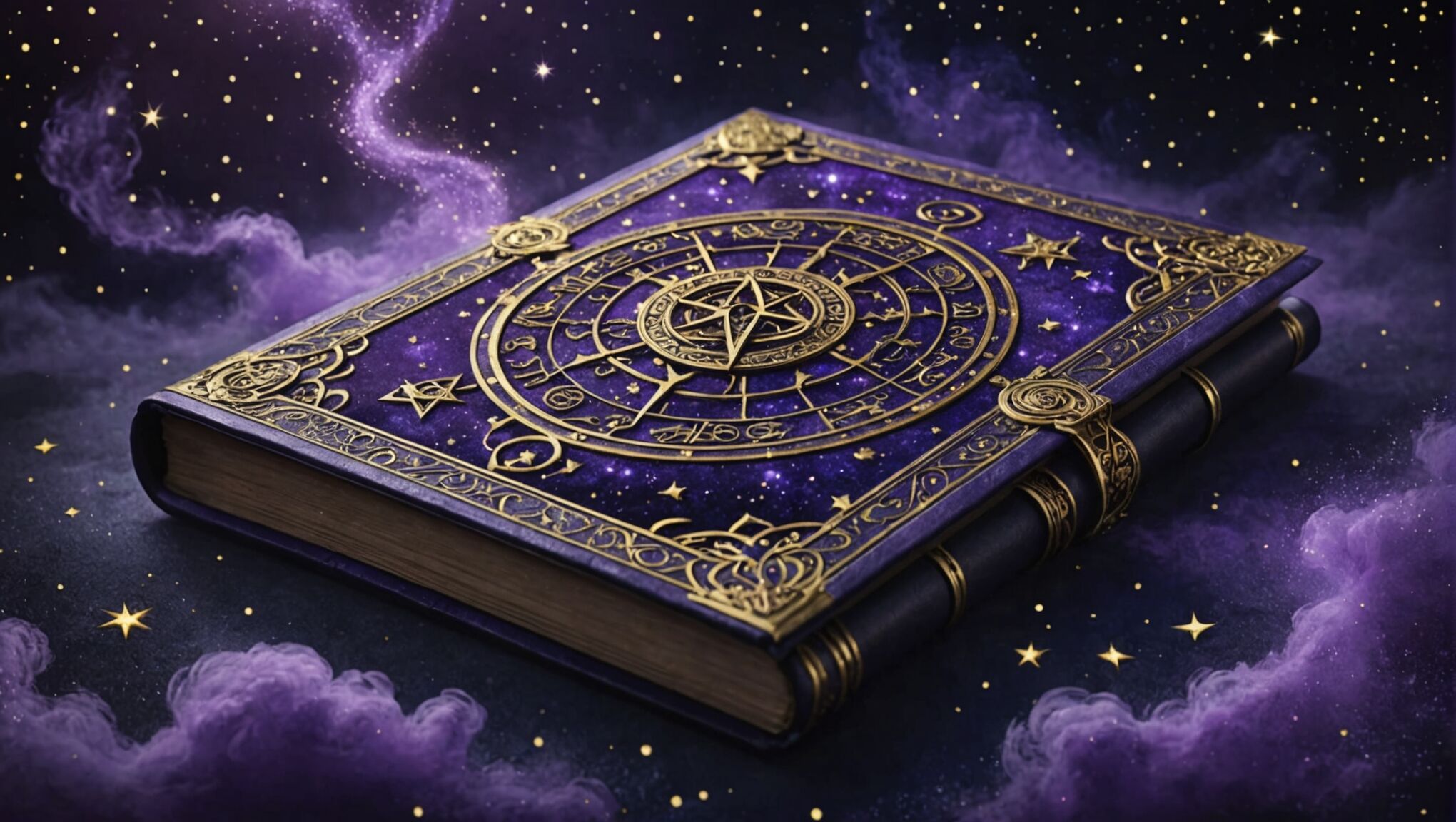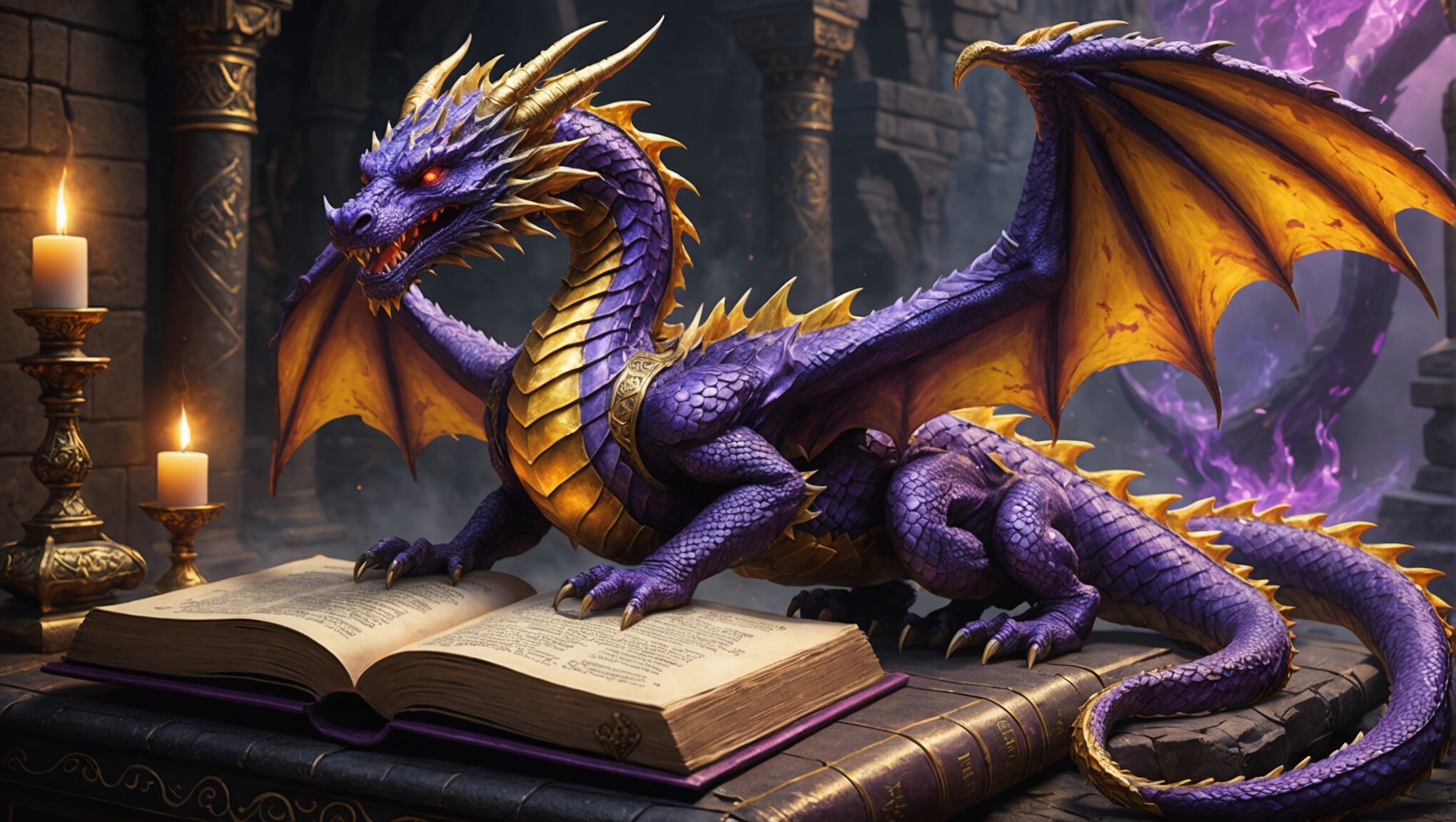blog
Fantasy Covers that Convert: How Design Impacts Sales
Crafting a captivating fantasy book cover requires a careful blend of essential elements that work together to entice readers and convey the essence of the story within. At the heart of any successful fantasy cover lies a striking central image or character that immediately draws the eye and sparks curiosity. This focal point often represents the protagonist, a mythical creature, or a significant object from the narrative. Surrounding this central element, a richly detailed background sets the tone and atmosphere of the fantasy world, whether it’s a misty forest, a grand castle, or a celestial realm.
Effective use of color is crucial in fantasy cover design, with bold, vibrant hues often employed to create a sense of magic and wonder. Color palettes can evoke specific moods and emotions, guiding potential readers’ expectations of the story’s tone. Equally important is the careful selection and placement of typography, which should complement the overall design while remaining legible and eye-catching. Fantasy titles often feature custom lettering or ornate fonts that reflect the genre’s imaginative nature.
Symbolic elements and magical motifs play a significant role in fantasy covers, serving as visual shorthand for the book’s themes and content. These can include mystical runes, ancient artifacts, or fantastical creatures that hint at the story’s magical elements. The overall composition of these elements is crucial, guiding the viewer’s eye across the cover and creating a sense of balance and harmony. “A well-designed fantasy cover is a portal to another world,” inviting readers to embark on an extraordinary journey before they even open the book.
Texture and dimensionality are often incorporated to add depth and richness to fantasy covers. This can be achieved through the use of metallic foils, embossing, or digital rendering techniques that create the illusion of tactile elements. These finishing touches can elevate a cover from merely attractive to truly memorable, enticing potential readers to pick up the book and explore its contents. By skillfully combining these key elements, designers can create fantasy covers that not only capture the imagination but also drive sales by standing out in a crowded marketplace.
Color psychology in fantasy cover design
 Color plays a pivotal role in fantasy cover design, wielding the power to evoke emotions, set the tone, and create an immediate visual impact. The strategic use of color psychology can significantly influence a potential reader’s perception of the book and its genre, ultimately affecting their decision to purchase.
Color plays a pivotal role in fantasy cover design, wielding the power to evoke emotions, set the tone, and create an immediate visual impact. The strategic use of color psychology can significantly influence a potential reader’s perception of the book and its genre, ultimately affecting their decision to purchase.
In fantasy cover design, vibrant and saturated colors often dominate, reflecting the genre’s emphasis on magic, wonder, and otherworldly experiences. Deep purples and blues can convey mystery and magic, while rich greens might suggest lush, fantastical landscapes. Fiery reds and oranges can represent danger, passion, or epic battles, while gold accents often symbolize power, royalty, or divine elements.
Contrast is a crucial aspect of color use in fantasy covers. High-contrast color schemes can create a sense of drama and excitement, drawing the eye to key elements of the design. For example, a dark, brooding background punctuated by a bright, glowing magical object can create an irresistible focal point.
Color combinations can also help establish the subgenre or tone of the fantasy novel. Darker, moodier palettes might suggest a grittier, more mature fantasy, while brighter, more whimsical color schemes could indicate a lighter, young adult-oriented story. Designers must carefully consider the target audience and the book’s content when selecting a color palette.
“Color is a power which directly influences the soul.” – Wassily Kandinsky
This quote from the renowned artist Kandinsky underscores the profound impact that color can have on human perception and emotion, a principle that is particularly relevant in fantasy cover design.
Gradients and color blending techniques are often employed to create ethereal or magical effects, enhancing the sense of fantasy and wonder. Soft, misty gradients can evoke a dreamlike quality, while more dramatic color transitions might suggest portals to other realms or the clash of magical forces.
The use of metallic colors or foil accents can add a touch of luxury and magic to a fantasy cover. Gold, silver, and copper tones can make a cover feel more premium and eye-catching, particularly when used for key elements like the title or magical symbols.
It’s also important to consider how colors will appear both in print and digital formats. What looks vibrant on screen may not translate well to print, so designers must ensure that their chosen palette works across all mediums.
Epic fantasy deserves epic art. Find out how here.
Color psychology extends beyond individual hues to encompass the overall mood created by the color scheme. Warm colors can create a sense of adventure and excitement, while cool colors might evoke mystery or melancholy. The careful balance of these elements can help communicate the emotional journey readers can expect from the story.
Ultimately, the effective use of color in fantasy cover design goes beyond mere aesthetics. It’s a powerful tool for storytelling, brand recognition, and emotional engagement, capable of forging an instant connection with potential readers and compelling them to explore the magical worlds within the pages.
Typography and its role in attracting readers

Typography plays a crucial role in attracting readers and conveying the essence of a fantasy book. The right font choice can instantly communicate the genre, tone, and even the era of the story. Fantasy titles often employ custom lettering or ornate fonts that evoke a sense of magic and otherworldliness. Serif fonts with elaborate flourishes are popular choices, as they can impart a feeling of antiquity and tradition often associated with fantasy realms.
The size and placement of the title are equally important. A large, bold title can create a powerful impact and ensure visibility even in thumbnail images on online bookstores. Designers often experiment with unique typographic treatments, such as incorporating magical elements or textures into the letters themselves. For example, a title might appear to be forged from ancient metal or glowing with ethereal light.
Contrast between the typography and the background is crucial for readability. This can be achieved through color, size, or by incorporating a subtle glow or shadow effect. The author’s name, while typically secondary to the title in terms of size, should still be clearly visible and stylistically consistent with the overall design.
Subtitles or taglines can provide additional context and intrigue. These are often set in a simpler, more legible font to balance the ornate nature of the main title. The interplay between different font styles can create visual interest and hierarchy, guiding the reader’s eye across the cover.
In fantasy series, consistent typography across multiple books helps create brand recognition. Readers should be able to identify books from the same series at a glance, even if the cover illustrations change. This consistency can be maintained through font choice, color, or unique typographic treatments.
The integration of typography with other cover elements is critical. Letters might intertwine with illustrated vines, disappear behind magical mist, or interact with characters or objects on the cover. This integration helps create a cohesive design where text and image work together seamlessly.
Designers must also consider how typography will appear at different sizes, ensuring that titles remain legible when scaled down for online thumbnails or e-book covers. This often involves simplifying intricate fonts or increasing contrast for smaller displays.
Typography can also convey subtle genre cues. A more angular, sharp-edged font might suggest a darker, grittier fantasy, while flowing, script-like fonts could indicate a more romantic or whimsical tale. The weight of the font can also impact perception, with heavier fonts implying intensity or action, and lighter fonts suggesting mystery or elegance.
In multilingual markets, designers must consider how typography will translate across different languages. A flexible typographic system that can accommodate varying word lengths and character sets is essential for international editions.
Ultimately, effective typography in fantasy cover design goes beyond mere legibility. It’s an art form that combines aesthetics, psychology, and marketing to create an immediate emotional connection with potential readers, inviting them to embark on a magical journey from the moment they lay eyes on the cover.
Iconic symbols and imagery in fantasy genres
Fantasy genres are rich with iconic symbols and imagery that serve as visual shorthand for themes, settings, and magical elements. These symbols not only instantly communicate the genre but also evoke a sense of wonder and intrigue that captivates potential readers.
Dragons are perhaps the most recognizable symbols in fantasy literature, representing power, mystery, and ancient wisdom. Their presence on a cover immediately signals an epic tale of adventure and mythical beasts. Similarly, unicorns often symbolize purity, magic, and the untamed wilderness, appealing to readers seeking a more whimsical or romantic fantasy narrative.
Magical artifacts play a crucial role in fantasy storytelling and cover design. Wands, glowing orbs, and ancient tomes are frequently featured, hinting at the magical systems or quests within the book. Swords and other weapons, especially when imbued with mystical properties, signify heroic journeys and epic battles.
Celestial imagery, such as moons, stars, and cosmic phenomena, is often employed to suggest otherworldly settings or divine interventions. These elements can create a sense of vastness and wonder, perfect for stories that span multiple realms or involve celestial beings.
Mythical creatures beyond dragons and unicorns also feature prominently in fantasy cover art. Phoenixes, griffins, and mermaids each carry their own symbolic weight and can instantly convey the type of fantastical world readers can expect to encounter.
Ancient ruins, towering castles, and mystical forests are common backdrops that set the stage for fantasy adventures. These settings not only provide context but also evoke a sense of history and hidden secrets waiting to be uncovered.
Magical portals or gateways often appear on covers, symbolizing the transition between worlds or the journey into the unknown. These can range from shimmering doorways to swirling vortexes, capturing the reader’s imagination and promising an escape from reality.
Symbolic elements from various mythologies and cultures are frequently incorporated, such as Norse runes, Celtic knots, or Eastern mandalas. These add depth and authenticity to the fantasy world while appealing to readers interested in specific cultural influences.
Here’s a table showcasing some common fantasy symbols and their general meanings:
| Symbol | Common Meaning |
| Dragon | Power, wisdom, danger |
| Unicorn | Purity, magic, innocence |
| Wand | Focused magic, transformation |
| Sword | Heroism, conflict, destiny |
| Crystal ball | Divination, hidden knowledge |
| Ancient tome | Forbidden knowledge, spells |
| Phoenix | Rebirth, immortality |
The use of light and shadow in depicting these symbols can greatly enhance their impact. A glowing amulet or a sword catching the light can create a focal point that draws the eye and suggests magical properties.
Combining multiple symbols can create a rich tapestry of meaning, allowing designers to hint at complex plot elements or themes without overcrowding the cover. For instance, a dragon coiled around a castle turret with a starry sky backdrop could suggest a story involving royal intrigue, mythical beasts, and cosmic forces.
When using iconic symbols, it’s crucial to strike a balance between familiarity and originality. While recognizable elements help readers quickly identify the genre, unique twists or unexpected combinations can set a book apart in a crowded market.
The scale and prominence of these symbols on the cover can also convey important information. A small, mysterious artifact tucked in the corner might hint at a subtle, intrigue-filled plot, while a massive dragon dominating the cover suggests an action-packed adventure.
Ultimately, the skillful use of iconic symbols and imagery in fantasy cover design serves to create an immediate emotional connection with potential readers, promising the kind of escapism and wonder that draws people to the genre. When combined effectively with other design elements, these symbols can significantly boost a book’s appeal and sales potential.
Composition techniques for eye-catching covers
 When designing fantasy book covers, mastering composition techniques is crucial for creating visually compelling and sales-driving artwork. The arrangement of elements on the cover can guide the viewer’s eye, create a sense of balance or tension, and ultimately determine whether a potential reader will pick up the book.
When designing fantasy book covers, mastering composition techniques is crucial for creating visually compelling and sales-driving artwork. The arrangement of elements on the cover can guide the viewer’s eye, create a sense of balance or tension, and ultimately determine whether a potential reader will pick up the book.
One powerful technique is the use of the “rule of thirds,” where the cover is divided into a 3×3 grid. Placing key elements along these lines or at their intersections creates a naturally pleasing composition. For fantasy covers, this might mean positioning a character’s face at one of the intersections or aligning a magical artifact along a vertical line.
Leading lines are another effective tool, directing the viewer’s gaze to important elements of the cover. These can be subtle, such as the curve of a dragon’s tail or the arc of a spell’s trajectory, or more overt, like a path leading into a mysterious forest. When used skillfully, leading lines can create a sense of depth and movement, drawing the viewer into the world of the book.
Negative space, or the empty areas of the design, can be just as important as the filled areas. Strategic use of negative space can create contrast, highlight key elements, and give the eye a place to rest. In fantasy covers, negative space might take the form of a starry night sky or a misty background, allowing the central figures or objects to stand out more prominently.
Symmetry and asymmetry both have their place in fantasy cover design. Symmetrical compositions can convey a sense of order, power, or ancient tradition, while asymmetrical designs might suggest adventure, chaos, or the unknown. Designers often play with these concepts to reinforce the themes of the book.
Layering elements can create depth and complexity in a cover design. This might involve placing foreground elements over a detailed background or using overlapping magical effects to create a sense of dimensionality. Careful use of layering can make a cover feel more immersive and intriguing.
The concept of visual weight is crucial in cover composition. Larger or brighter elements will naturally draw more attention, so designers must balance these elements carefully to create a harmonious overall design. For instance, a large dragon might be balanced by a brightly glowing magical artifact on the opposite side of the cover.
Framing devices can be particularly effective in fantasy covers. These might take the form of ornate borders, magical portals, or natural elements like tree branches or rock formations. Frames can help focus attention on the central elements of the cover while also adding to the fantastical atmosphere.
Consider the impact of different perspective angles. A cover viewed from below can make characters appear more heroic or imposing, while a bird’s-eye view might emphasize the vastness of a fantasy world. Unusual angles can create intrigue and set a cover apart from more conventional designs.
The principle of contrast extends beyond just color to shape, size, and texture. Juxtaposing smooth, ethereal magical effects with rough, textured elements like leather or stone can create visual interest and reinforce the blend of magic and reality often found in fantasy stories.
Rhythm and repetition can be used to create a sense of movement or magic. This might involve repeating symbols, shapes, or color patterns across the cover to guide the eye and create a cohesive design.
As you contemplate these composition techniques, consider how they might be applied to your favorite fantasy book covers. What makes certain covers stand out on the shelves or in online marketplaces? How do the most effective designs use these principles to convey the essence of the story and entice readers?
By understanding and creatively applying these composition techniques, designers can craft fantasy book covers that not only catch the eye but also resonate with potential readers, ultimately driving interest and sales. The art of cover design is a delicate balance of creativity, psychology, and marketing, all working together to create a powerful first impression that lingers in the mind of the viewer.
Case studies: Successful fantasy cover redesigns

One of the most compelling examples of successful fantasy cover redesigns is the transformation of George R.R. Martin’s “A Song of Ice and Fire” series. The original covers, while intriguing, lacked the visual impact needed to stand out in a crowded market. The redesign, featuring stark, symbol-based imagery on a black background, not only captured the essence of the series but also created a instantly recognizable brand. This minimalist approach, focusing on iconic elements like the crown, dragon eggs, and swords, proved to be a masterstroke, contributing significantly to the series’ mainstream success.
Another notable redesign success story is Patrick Rothfuss’s “The Kingkiller Chronicle.” The initial covers, while beautiful, didn’t fully convey the epic scope of the story. The redesigned covers feature striking, stylized illustrations that blend key elements from the narrative with bold typography. The use of vibrant colors and intricate details not only catches the eye but also hints at the rich, complex world within the pages. This redesign helped elevate the series’ visibility and appeal to a broader audience.
The “Harry Potter” series by J.K. Rowling has undergone multiple redesigns, each contributing to its continued popularity. The most impactful redesign was perhaps the adult edition covers, which featured a more sophisticated and abstract design. This approach allowed the series to appeal to older readers without alienating its core young adult audience. The use of symbolic imagery and a cohesive color scheme across the series created a collectable quality that encouraged readers to own the entire set.
Brandon Sanderson’s “Mistborn” trilogy also benefited greatly from a cover redesign. The original covers, while adequate, didn’t fully capture the unique magic system and dystopian elements of the series. The redesign introduced dramatic, action-oriented scenes with a focus on the metallic magic central to the plot. The new covers, with their dynamic compositions and metallic color palette, better reflected the energy and innovation of Sanderson’s writing, leading to increased interest and sales.
Terry Pratchett’s “Discworld” series is another excellent example of the power of redesign. The original Josh Kirby illustrations, while beloved by fans, could be overwhelming to newcomers. The later designs by Paul Kidby offered a fresh, more accessible take on the series. These covers maintained the whimsical spirit of Pratchett’s work while presenting a cleaner, more modern aesthetic that appealed to a new generation of readers.
The redesign of Neil Gaiman’s “American Gods” for its 10th anniversary edition demonstrates how a cover can evolve to reflect a book’s growing cultural impact. The new design, featuring a stark, symbolic representation of key themes from the novel, helped reintroduce the book to readers and coincided with renewed interest due to the television adaptation. This redesign not only boosted sales but also cemented the book’s status as a modern classic.
These case studies highlight several key principles of successful fantasy cover redesigns: the power of symbolic imagery, the importance of creating a cohesive series brand, the value of adapting to changing market trends, and the ability to appeal to both existing fans and new readers. In each case, the redesign process involved a deep understanding of the book’s themes, target audience, and place within the broader fantasy genre.
Ultimately, these successful redesigns demonstrate that a well-executed cover refresh can breathe new life into established titles, attract new readers, and significantly impact sales. They serve as a reminder that in the ever-evolving world of publishing, the art of cover design remains a crucial factor in a book’s success.

